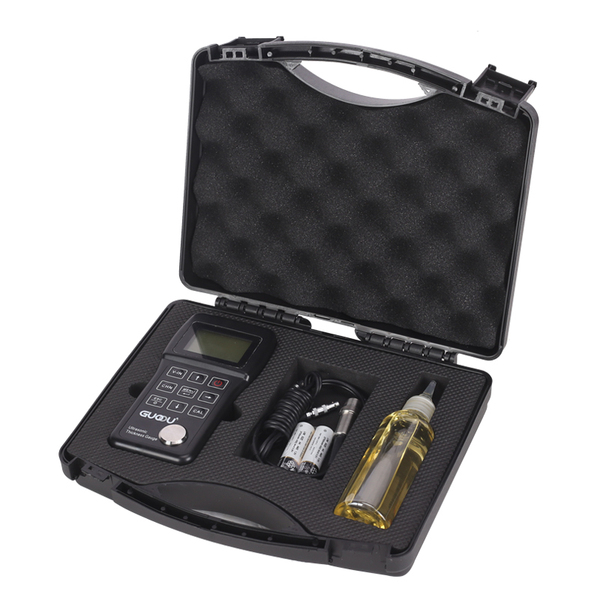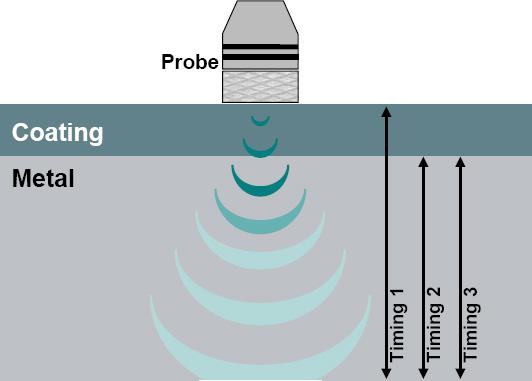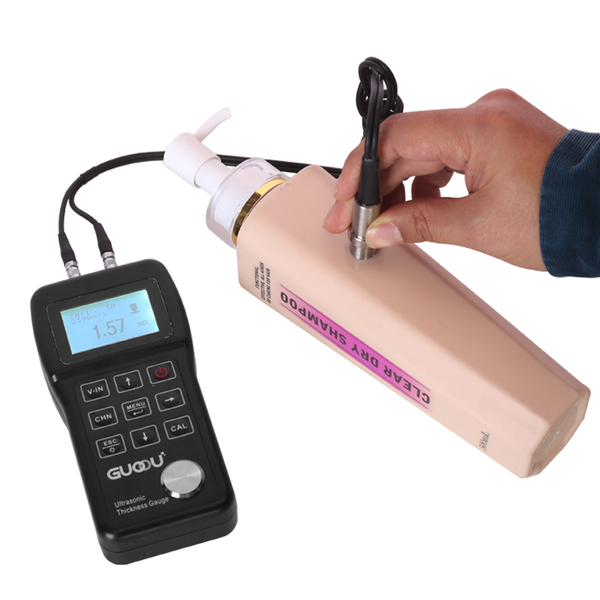
Today, Guoou Instrument will explain to you the working principle of ultrasonic thickness gauge in easy-to-understand words.
The ultrasonic thickness gauge measures the thickness according to the principle of ultrasonic pulse reflection. When the ultrasonic pulse emitted by the ultrasonic probe passes through the measured object and reaches the material interface, the pulse is reflected back to the probe, and then the propagation time of the ultrasonic wave in the material is accurately calculated. to determine the thickness of the material being tested.

In layman's terms, it is said that the speed of sound travels in the material to calculate the thickness of the material, and the speed of sound travel in the same material is constant, then we can calculate the thickness of the material as long as we measure the time required. Therefore, all kinds of materials that can make ultrasonic waves propagate inside them at a constant speed can be measured by ultrasonic thickness gauges.

A good ultrasonic thickness gauge often has the following advantages:
Compatible with a variety of probes, automatic identification, to meet the thickness measurement needs of various working conditions;
In multiple-wave mode, single-element probes are used to inspect across coatings, providing simple and accurate measurement results;
Dual echo mode with dual element probes for measurements on metals with thin coatings and with severe back wall corrosion or pitting.
Single-wave mode with dual element transducers is suitable for measurements on uncoated metals, as well as when there is severe corrosion on the front or back wall, or materials with very high ultrasonic attenuation, such as cast iron, plastics and composites.
However, when we choose, we often have to choose based on actual needs. The more functions and probes, the more expensive the price. If we only measure a single material in the usage scenario, we can target Select Instruments and Probes.





